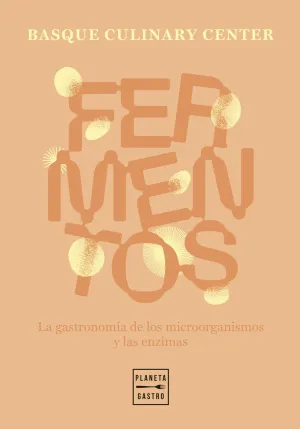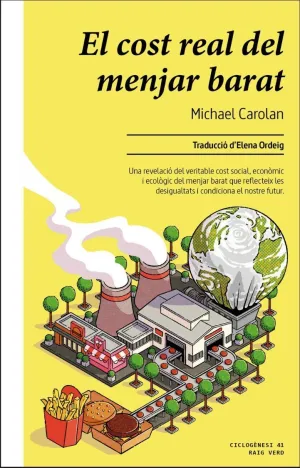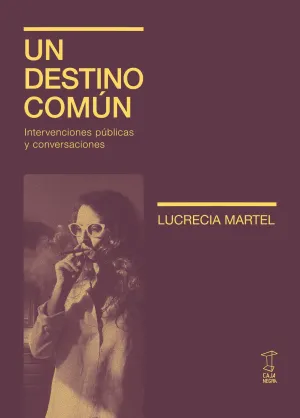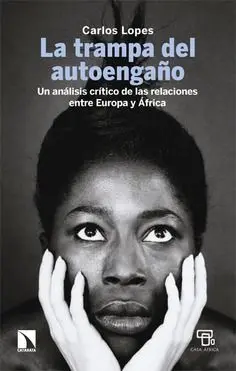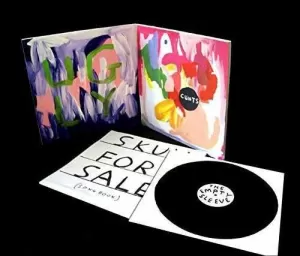DAVID SHRIGLEY - GRIP
SHRIGLEY, DAVID

INTERVIEW WITH LES INROCKUPTIBLES MAGAZINE, 2007
What are your earliest memories of comics/drawings?
I have drawn constantly ever since I can remember. As a small child my drawings were extremely violent. As I remember I had an obsession with executions. Particularly the guillotine.
What do you think was the most decisive influence on your early work?
Cruelty and violence.
How influential were the methods and aesthetics of punk ?
I was a bit too young for punk (it happened in 1976 in the UK). I do remember really liking the the cover of 'Live at the Witch Trials' by The Fall, but I'm not sure if that counts as 'punk aesthetic'.
You became well known through a contemporary art circuit (exhibitions, shows, galleries) but how come you never gave up on releasing books and objects ? are they an essential outlet for your work?
I think so. Originally books were a means to an end as self-publicity, but I have always felt naturally drawn to the medium. I don't think I'll ever stop making books. I've done a lot of t-shirts in the last few years. I'm planning to have an exhibition of t-shirts sometime.
You seem to have a special relationship to records : you released a recordless sleeve on Tomlab and did a spoken words record. What is your relationship to music ? How does it participate in your work?
I have always loved music. I buy a great deal of records and CDs and often listen to them when I am working.
My earliest ambition as an artist was to design a record cover for Adam and The Ants. If Adam and The Ants were to make a comeback record perhaps I would design the cover free of charge, even though the record would probably be rubbish. The only good record they made was 'Dirk Wears White Sox'. If I had been a couple of years older I would have hated them.
I'm not sure why I made the spoken word record. It was just an opportunity that arose and I thought it would be fun to try. My only ambition for it was that it wouldn't be shit. I don't think it is shit, so I succeeded.
Do you feel part of any scene? I find some links between your work and the works of (very different artists) Tom Gauld, the Royal Art Lodge and Banksy.
I guess I know or have met all these people. When you do a similar kind of thing you are propelled towards each other somehow. I suppose I could be part of a scene, but my membership of it is involuntary.
Scenes tend to be invented by journalists rather than artists.
Your work includes photos, drawings and texts. What difference do you now make between these ways of expression?
I tend to switch between media to stop me from getting bored. I don't really approach different media in different ways. If I want to take some photos I just take them and then return to them later to edit them, which is the same as I do with drawings. Animation is perhaps a different process since it requires an animator and a sound editor so the project takes a lot longer, but essentially I approach writing the script and making the initial drawings in the same way as I do everything else. I try to keep all the creative decisions as intuitive as possible.
You have drawn the London Underground map in your own style. What did such a commission represent for you? How is it different from drawing the sleeve of the next deerhoof record?
I try to approach each commission as a project. I take the requirements and just sit down and make some pictures and see what happens. The London Underground map took about 5 minutes (I can tell you this because nobody speaks French in London).
With the Deerhoof cover I spent a week in my studio painting on square pieces of wood and trying to include the words FRIEND OPPORTUNITY (the title of the album). That's really all there was to it. Fortunately they liked what I did.
Do you think you have developed a personal drawing or writing technique over the years? Ever felt at some point that you started relying on gimmicks?
I started to draw in the way that I do as an attempt to reduce my ideas to their barest form; to communicate as simply and directly as possible. I think over the years that starting point has led to a style, but it isn't something I intended or have been particularly conscious of. When I draw I try not to do the same thing twice. I probably do do the same thing twice but it is as a result of having forgotten about having done it the first time. My criteria for a good drawing is that it has to surprise me in some way. Perhaps it is good that I have a poor memory.
Finally, how do you perceive your own style? Ever considered yourself as technically limited?
I don't really know. I suppose I am quite technically limited. Recently I have thought about doing some life drawing just to see whether I could still remember how to do it (from art school 18 years ago) and to see whether it was interesting. In a way it would be a bit like doing an IQ test to see how clever you are. I would be scared to do an IQ test in case I discovered I was stupid. I wouldn't be scared to do life drawing though. I'm pretty sure I wouldn't be very good at it but it doesn't matter. I can draw well enough to say what I need to say.

